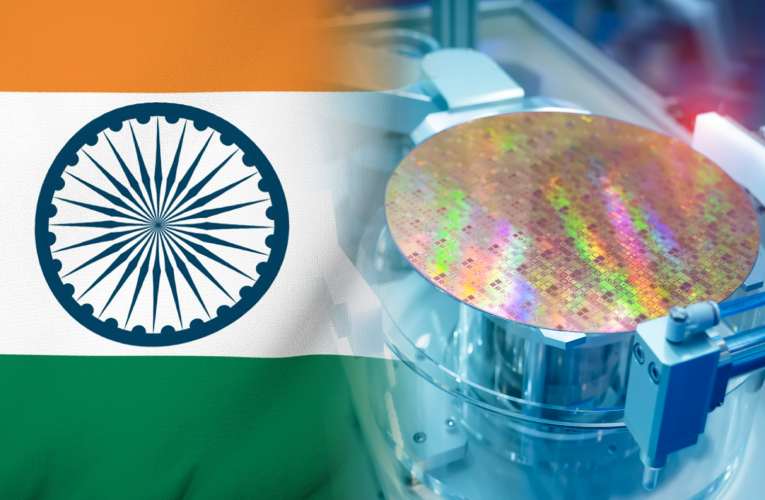
In the semiconductor industry, India requires around 1.5 million skilled workforce by the end of 2026-27
The Engineering and IT workforce and Managed Services provider Talent 101 stated that there is a huge skills gap in the international semiconductor industry that has 10,000 open positions in the USA alone, feels Anurag Awasthi, Anurag Awasthi, Vice President, Policy, Government Corporate Relations at India Electronics and Semiconductor Association (IESA). In an article for the Outlook Awasthi added that skilling is always an imperative factor for the mission of Atmanirbhar Bharat.
Awasthi also added that as the demand for chips increases the shortage situation is speculated to get worse. India has a population of more than 1.3 billion and with a good education system, the country has the capability to pour huge chunks of talent in the semiconductor sector to counter the skill shortage. Therefore, the nation must focus on crafting accurate potentials and skills. In fact there are 200 semiconductor design and embedded software firms in the country, which provides a huge opportunity, according to India Brand Equity Foundation (IBEF).
Now, as the demand is escalating swiftly, meeting this requirement could be a huge task and therefore, India must look forward to augmenting its pool of skilled manpower. According to the exclusive report by the Outlook, Awasthi also mentioned that a skilled workforce aids every firm to develop and design innovative products, perk-up manufacturing processes and assure quality control. On the other hand, a skilled workforce also assists firms to stay ahead of the competition curve. In the semiconductor industry, India requires around 1.5 million skilled workforce by the end of 2026-27.
The point to be noted is that the semiconductor industry is extremely vital for the development of other key industries such as electronics, AI/ML, telecommunications, space, defense, aerospace, and automotive. According to Outlook's exclusive report, Awasthi added Indian semiconductor market worth nearly $23.2 billion in 2021 and is further projected to reach $80.3 billion by the year 2028, growing at the CAGR of 17.10% in the forecast period. Correspondingly, the global market for semiconductors is expected to grow at a compound annual growth rate (CAGR) of 6.7% from 2021 to 2028.
Awasthi told the Outlook, "Design Linked Incentives (DLI) and various schemes to include Chips to Startup (C2S) and Scheme for Promotion of Electronic Components and Semiconductors (SPECS) are enabling initiatives in this space as well. AICTE has introduced changes in curriculum recently and the industry needs to contribute in this arena now to galvanize and nurture the talent space for the future."
Skills Acquisition and Knowledge Awareness for Livelihood Promotion (SANKALP) that offers quality training to 10 million people in numerous sectors has been unleashed. Apart from that Pradhan Mantri Kaushal Vikas Yojana (PMKVY) scheme has started offering skill development training to the young generation in India has also been unleashed with the backing of National Skill Development Corporation (NSDC).
“The industry needs to step up now and collaborate with academia to provide training and internship opportunities to students, invest in R&D to develop new technologies and products as also fund exchange opportunities for students in foundries abroad. The industry also needs to focus on developing a strong supply chain and manufacturing facilities to support the growth of the semiconductor industry in India,” Awasthi told the Outlook. .

